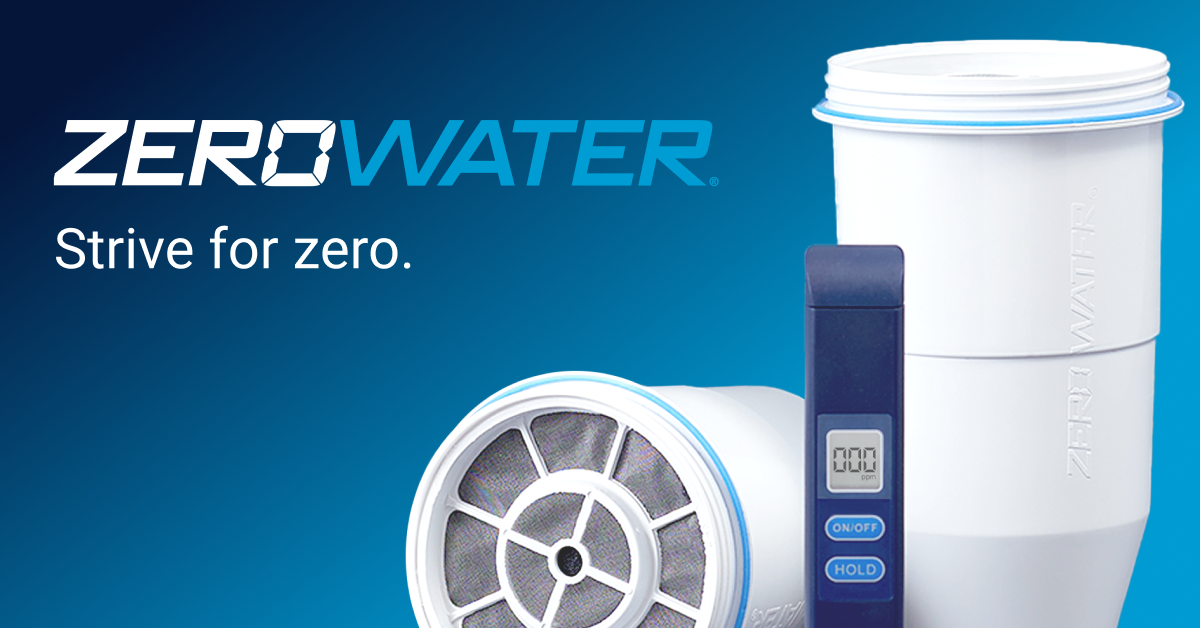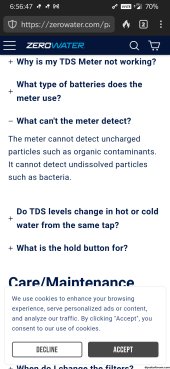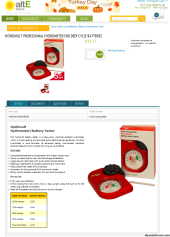42OhmsPA
What's in a title?
If that's the conversion from mg/L, yes.So fresh water is 15.9 TDS and your distiller makes O TDS water?
If it really is 0, then a distiller is something to look at. Just hauled 8 gal home from Walmart.
I always thought total dissolved solids were measured in ppm or mg/L. Either way it appears the distiller removes everything, if the meter is accurate.








